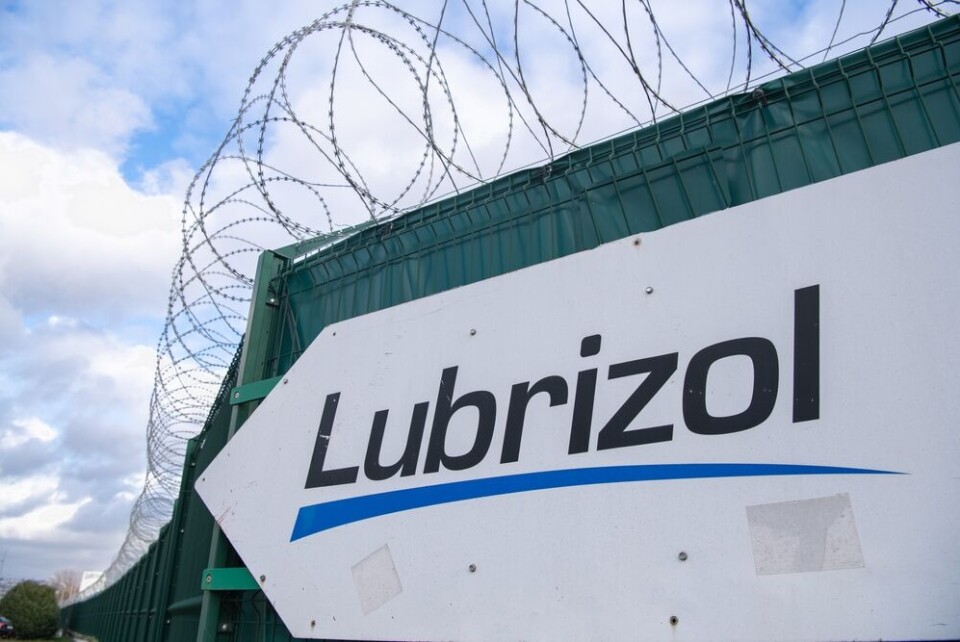-
White storks make strong return in France via nest ‘platforms’ and clipped wings
The Ligue pour la Protection des Oiseaux shares the conservation challenges in saving these birds from extinction
-
Hosting scheme in south-west France lets newcomers sample lifestyle
Households in nine Dordogne communes volunteer under Mes Nouveaux Voisins scheme
-
French boulangeries demand right for staff to work on May 1 so they can open
Artisan bakery owners can work but employees cannot, while certain industrial bakeries are allowed to remain open with workers
MAP: What are France’s high risk ‘Seveso’ sites and where are they?
Why are the sites called ‘Seveso’ and which region has the most sites nationwide?

France has more than 1,300 chemical plants known as ‘Seveso’, meaning that they pose a high risk to the surrounding environment and must comply with strict protection legislation. But where are they?
- Auvergne-Rhone-Alpes has the most sites, 184 in total, with 108 classified as ‘high-risk’
- Corsica has the fewest, 11 in total, with five ‘high-risk’
- Most other regions have between 50 and 100 sites in total.
There are also Seveso sites in France’s overseas regions. Guiana has the most, with 20, of which 16 are ‘high-risk’. Saint-Pierre et Miquelon has the fewest, with just one ‘low-risk’ site in total. The others (including Guadeloupe and La Réunion) have between three and seven each.
Why are the sites known as ‘Seveso’?
Seveso sites are named after a 1976 industrial accident that happened near the town of Seveso, in the Lombardy region of Italy. The factory only had very rudimentary safety systems, and environmental protection had not been considered.
When a valve broke at the factory, it released a chemical cloud containing the toxic dioxin TCDD. Thousands of animals died, vegetation was contaminated, 600 people had to be evacuated, and 2,000 residents were later treated for dioxin poisoning.
The site’s owners only admitted to the accident nearly a week after it occurred. In 2010, Time Magazine rated the incident as the eighth worst man-made environmental disaster.
The accident led the EU to introduce its Seveso directive in 1982 (later updated in 1996, 2008 and 2012). The legislation aims to prevent accidents at storage sites and factories that pose a particular risk to human, animal and environmental health. The rules also provide direction in case of an accident.
What are Seveso sites?
They are the 12,000 industrial sites across the EU in which dangerous substances are used or stored – the majority of which are in the chemical industry. It also relates to fuel wholesale and storage sites.
At the end of 2020, there were 1,301 of these factories and warehouses in France. They are classed as ‘low level’ and ‘high level’ risks.
Only the most dangerous sites are given the Seveso classification.
What do Seveso rules require?
Owners of the sites must secure the premises and reduce the risks posed. For example, staff must record and declare the dangerous substances kept on site, carry out risk assessments, draft accident prevention plans, and inform local people about the potential dangers.
There are also 500,000 industrial or agricultural sites in France that are considered to pose a risk to the environment. This could be in terms of pollution, noise, safety or health. Of these, 50,000 are subject to specific security rules.
Is the legislation effective?
Mainly, yes. However, several accidents have occurred since the legislation was introduced.
For example, in 2001, an explosion at the AZF factory in Toulouse caused the death of 31 people, injured 2,500, and caused significant material damage.
Read more: Toulouse remembers 31 killed in AZF factory explosion 20 years ago
In 2019, a fire at the Lubrizol factory in Rouen released a thick cloud of black smoke over the city and posed a risk to the local environment and food.
Read more: Farm food ban in areas near French chemical plant fire
Sites must have a plan de prévention des risques technologiques in place, which enables authorities to take swift measures in the event of an accident, such as the evacuation of local residents and protection of the nearby environment.
Read also
French city on alert after chemical plant blast
Another French chemical factory shut in security alert
Precautionary measures taken after French factory fire
























